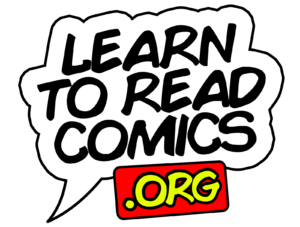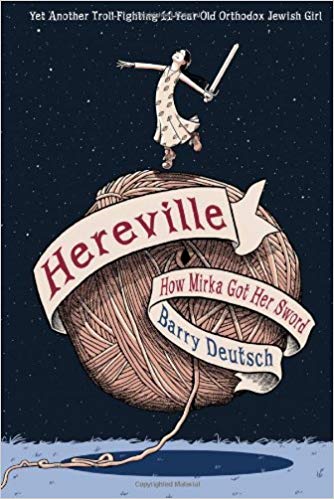Reading Graphically: Comics and Graphic Novels for Readers from Kindergarten through High School
In 2011, Barbara Ward and Terrell Young, both faculty members at Washington State University prepared a list of graphic novels and comics that really stood out to them. These professors felt that the comic industry has changed dramatically for the better and comic books and graphic novels can be included in the curriculum of most reading classrooms.
In the past, the reader demography targeted was mostly that of the male reader and content was centered on superheroes with little or no educational value added; however, the industry has expanded and has included women and minorities in their repertoire. Moreover, through their unprecedented popularity and ability to engage both hard to reach students and accelerated learners, teachers are now embracing the use of comics in holistic approach to education.
Comic books and graphic novels can play a crucial role to revitalizing the dwindling interest of students in reading. While the distinction between comics and graphic novels has been blurring, the most important distinction is the size of the book and also if the storyline is complete. Comics usually come with 28 pages and in a stapled format while graphic novels exceed the count of 50 pages and are bound in a hard or soft cover. A ‘Comic book’ can be termed as “any format that uses a combination of frames, words, and pictures to convey meaning and to tell a story. While all graphic novels are comics, not all comic books are graphic novels,” (McTaggart, 2008).
In short, the authors conclude that there is little doubt that the skills required to comprehend a comic book or graphic novels provide lifelong reading skills and intellectual benefits to the reader.
Now, let’s take a look at the list of comics recommended by Ward and Young:
For Grades K-2:
● Hayes, Geoffrey. (2010). Benny and Penny in the Toy Breaker.
● Holm, Jennifer L., & Holm, Matthew. (2010). Babymouse #13: Cupcake Tycoon.
● Rosentstiehl, Agnes. (2010). Silly Lilly in What Will I Be Today?
● Smith, Jeff. (2009). Little Mouse Gets Ready.
For Grade 3-4:
● Bruel, Nick. (2010). Bad Kitty vs Uncle Murray.
● Davis, Eleanor. (2009). The Secret Science Alliance and the Copycat Crook.
● Venable, Colleen A. F. (2010). And Then There Were Gnomes.
For Grades 5-7:
● Deutsch, Barry. (2010). Hereville: How Mirka Got Her Sword.
● Ignatow, Amy. (2010). The Popularity Papers.
● Kinney, Jeff. (2010). Diary of a Wimpy Kid: The Ugly Truth.
● Phelan, Matt. (2009). The Storm in the Barn.
● Renier, Aaron. (2010). The Unsinkable Walker Bean.
● Shiga, Jason. (2010). Meanwhile: Pick Any Path. 3,856 Story Possibilities.
● Taylor, Sarah Stewart. (2010). Amelia Earhart: This Broad Ocean.
● Telgemeier, Raina. (2010). Smile.
For Grades 7-10:
● Alonzo, Sandra. (2010). Riding invisible.
● Geary, Rick. (2009). The Adventures of Blanche.
● Hale, Dean & Hale, Shannon. (2010). Calamity Jack.
● Heuvel, Eric. (2009). A Family Secret.
● Jablonski, Carla. (2010). Resistance Book 1.
● Larson, Hope. (2010). Mercury.
● Yolen, J. 2010. Foiled.
Download and View Full Academic Article [PDF, 960K]
We realize that accessing comic books can be a troublesome affair and you might be reluctant due to the costs involved. At Learn To Read Comics we aim to remove this basic hurdle by providing students comic books free of cost. We might even have some of the ones listed above! Just reach out to us at info@LearnToReadComics.com and we will take care of the rest.
References:
Ward, B. A., & Young, T. A. (2011). Reading Graphically: Comics and Graphic Novels for Readers from Kindergarten through High School.
Retrieved December 17, 2018, from https://scholarworks.wmich.edu/cgi/viewcontent.cgi?article=1030&context=reading_horizons.
McTaggart, J. (2008). Graphic novels: The good, the bad, and the ugly. In N. Frey & D. B. Fisher (Eds.), Teaching visual literacy: Using comic books, graphic novels, anime, cartoons, and more to develop comprehension and thinking skills (pp. 27-46). Thousand Oaks, CA: Corwin Press.

